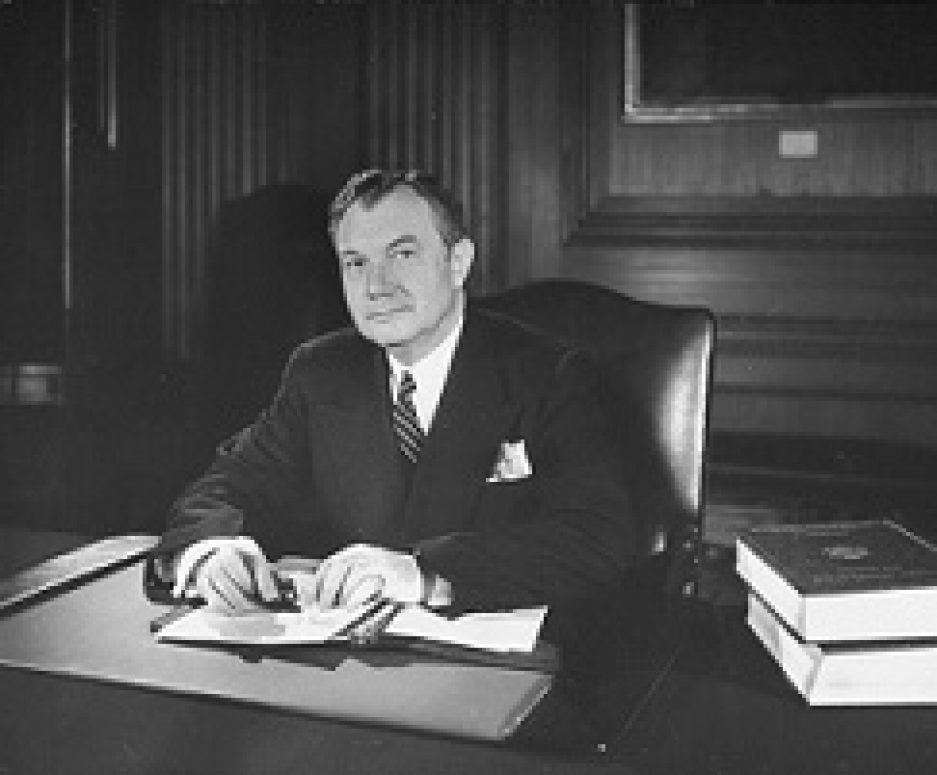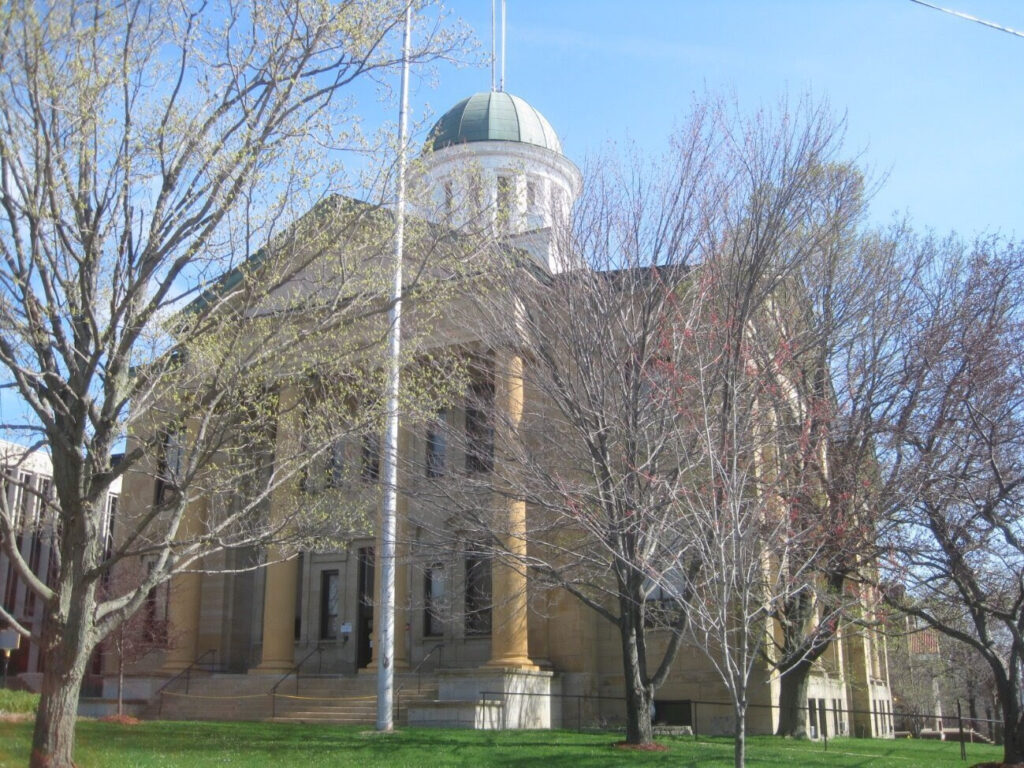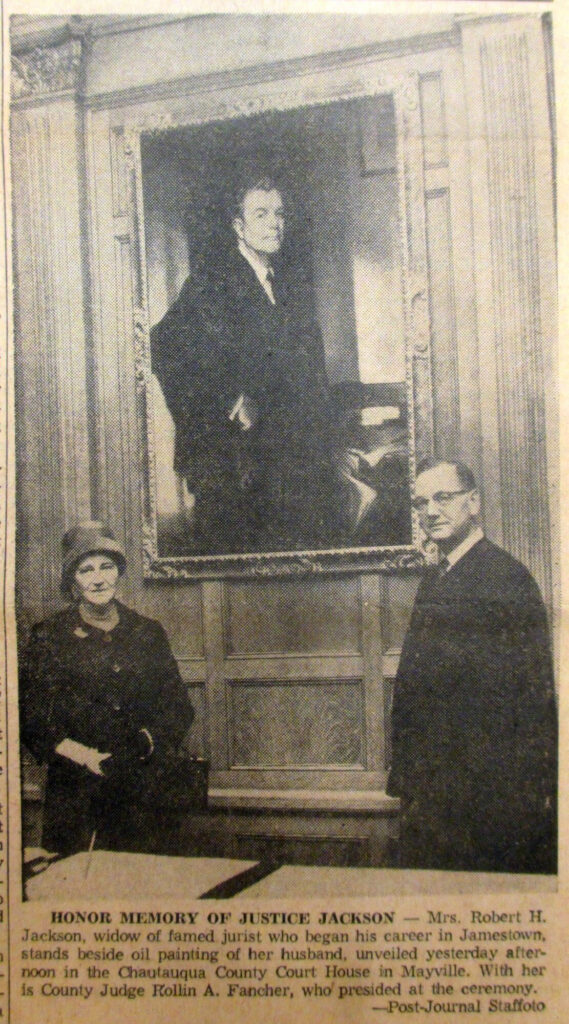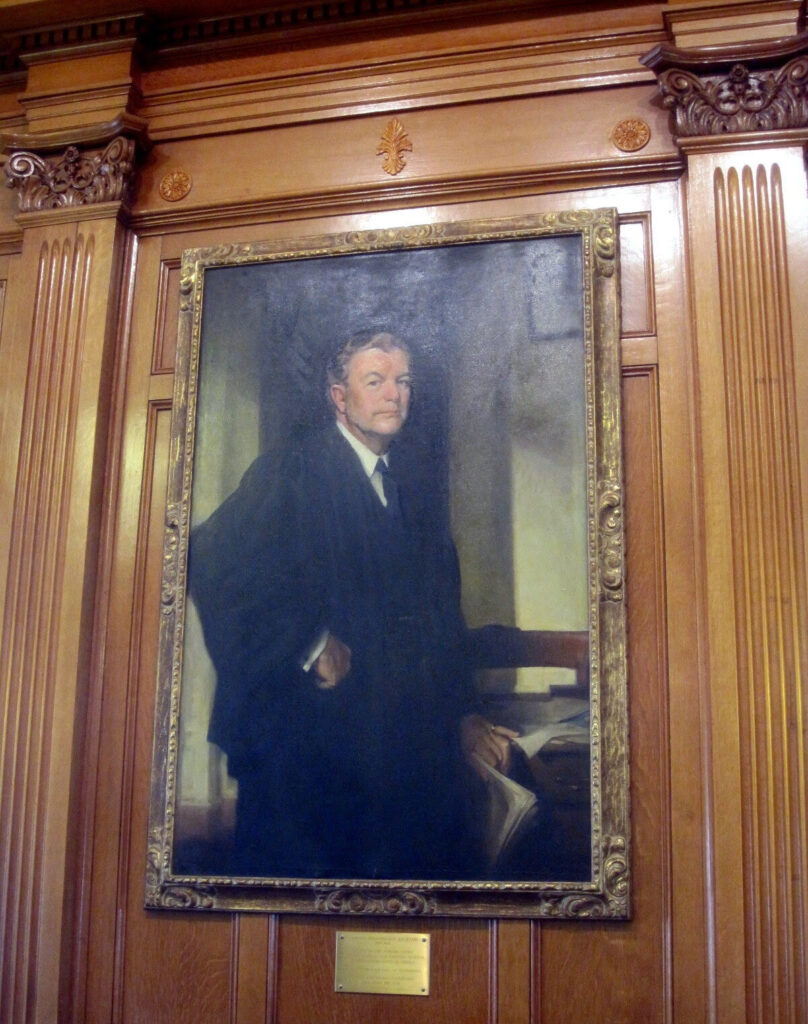In August 2022, Hadi Matar repeatedly stabbed and nearly killed author Salman Rushdie and injured his friend Henry Reese. They were about to begin a public conversation on the Amphitheater stage at Chautauqua Institution in western New York State.
Matar was apprehended on the spot.
He later was charged with both state and federal crimes.
In February 2025, the New York case went to trial in the courthouse at Mayville, New York, the seat of Chautauqua County.
After a two-week trial, a jury convicted Matar of second-degree attempted murder and second-degree assault.
On May 16, 2025, the Chautauqua County Court Judge sentenced Matar to twenty-five years in prison, the statutory maximum, plus five years of post-release supervision, for his attempted murder of Rushdie. The Judge also sentenced Matar to a concurrent sentence of seven years in prison plus three years of post-release supervision for his assault of Reese.
The Judge then remanded Matar to the custody of the New York State Department of Corrections.
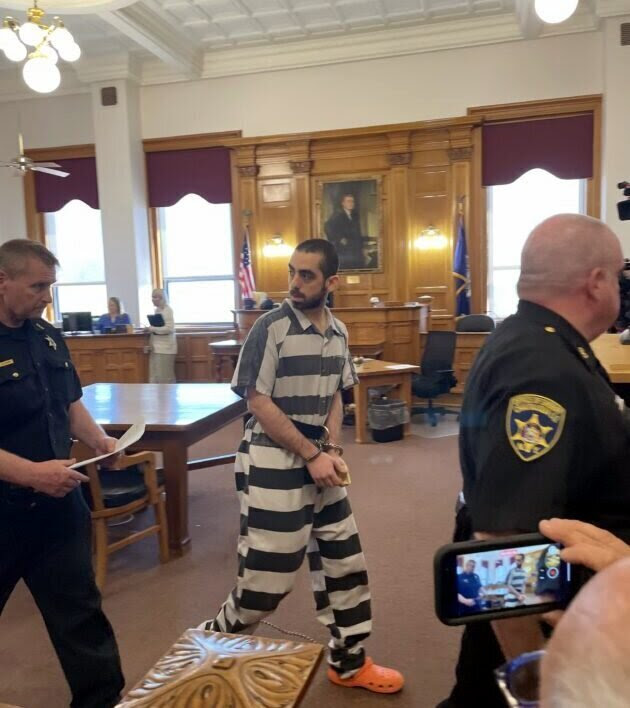
The Matar trial courtroom is the main courtroom in the Mayville courthouse, which was built in the 1830s.
It is the courtroom in which attorney Robert H. Jackson often litigated.
Jackson became a Chautauqua County lawyer in 1913, when he was twenty-one years old. He lived there and was in private law practice for most of the next twenty years. Between 1913 and 1937 or so, Jackson regularly tried many civil and criminal cases and argued petitions and motions in the Mayville courtroom.
(Do you wonder about the accuracy of that mention of 1937? You might, if you recall that in 1937 Robert Jackson lived in Washington, D.C., because he was serving as an Assistant Attorney General in the United States Department of Justice. The explanation is that AAG Jackson also was, still, Chautauqua County lawyer Jackson, at least in spots when government work permitted and a private client matter needed his attention; at that time, the law and Department of Justice policy permitted Jackson both to hold public office and to engage in private law practice. So in 1937, for example, when AAG Jackson was running DOJ’s Antitrust Division, working closely with President Franklin D. Roosevelt, testifying before Congress, and arguing major cases for the U.S. in the U.S. Supreme Court, Jackson also handled a private client matter in the Mayville courtroom—he presented witness testimony to a jury in a significant civil trial and ultimately won a directed verdict by the Judge.)
Following Robert H. Jackson’s death, his friends in the Chautauqua County bar arranged for a special tribute.
They acquired a John Johansen oil painting of Justice Jackson in his Supreme Court robes.
They arranged for this Jackson portrait to hang in Mayville.
In November 1960, they held a dedication event in the Mayville courtroom.
Jackson family, friends, and legal colleagues attended. His close friend and former Department of Justice colleague Professor Paul A. Freund of Harvard Law School was the principal speaker. “You could no more separate Bob Jackson from Chautauqua County today than you can Lincoln from Illinois,” Freund said.
At this event, Jackson’s portrait was unveiled on the Mayville courtroom wall. It has been hanging there ever since.
Although Robert Jackson never was a criminal trial prosecutor in the United States, he served by presidential appointment in three leadership positions in the U.S. Department of Justice. In the top position, as U.S. Attorney General from 1940-1941, Jackson was the chief federal law enforcement officer of the U.S. And at Nuremberg during 1945-1946, Jackson was the chief prosecutor of leading Nazi war criminals. It was the modern world’s most significant criminal trial.
Beginning back in Chautauqua County and continuing across his adult life, Robert Jackson thus contributed significantly to the rule of law: adherence to and equal enforcement of decent rules, including fair procedures; use of reason, not aggression; and respect for individual rights.
“Robert H. Jackson,” in oil painting form in Mayville, watched the New York State Matar trial.
Later this year, “Jackson,” in courthouse building form, will watch the United States Matar trial. The U.S. is prosecuting Matar for attempting to provide material support to Hizbollah, a designated foreign terrorist organization; with engaging in an act of terrorism transcending national boundaries; and with providing material support to terrorists. This trial will occur in the Robert H. Jackson U.S. Courthouse in Buffalo, New York.
Jackson’s is a welcome gaze on rule of law efforts. Seeing and meeting that gaze lifts people and legal institutions.
